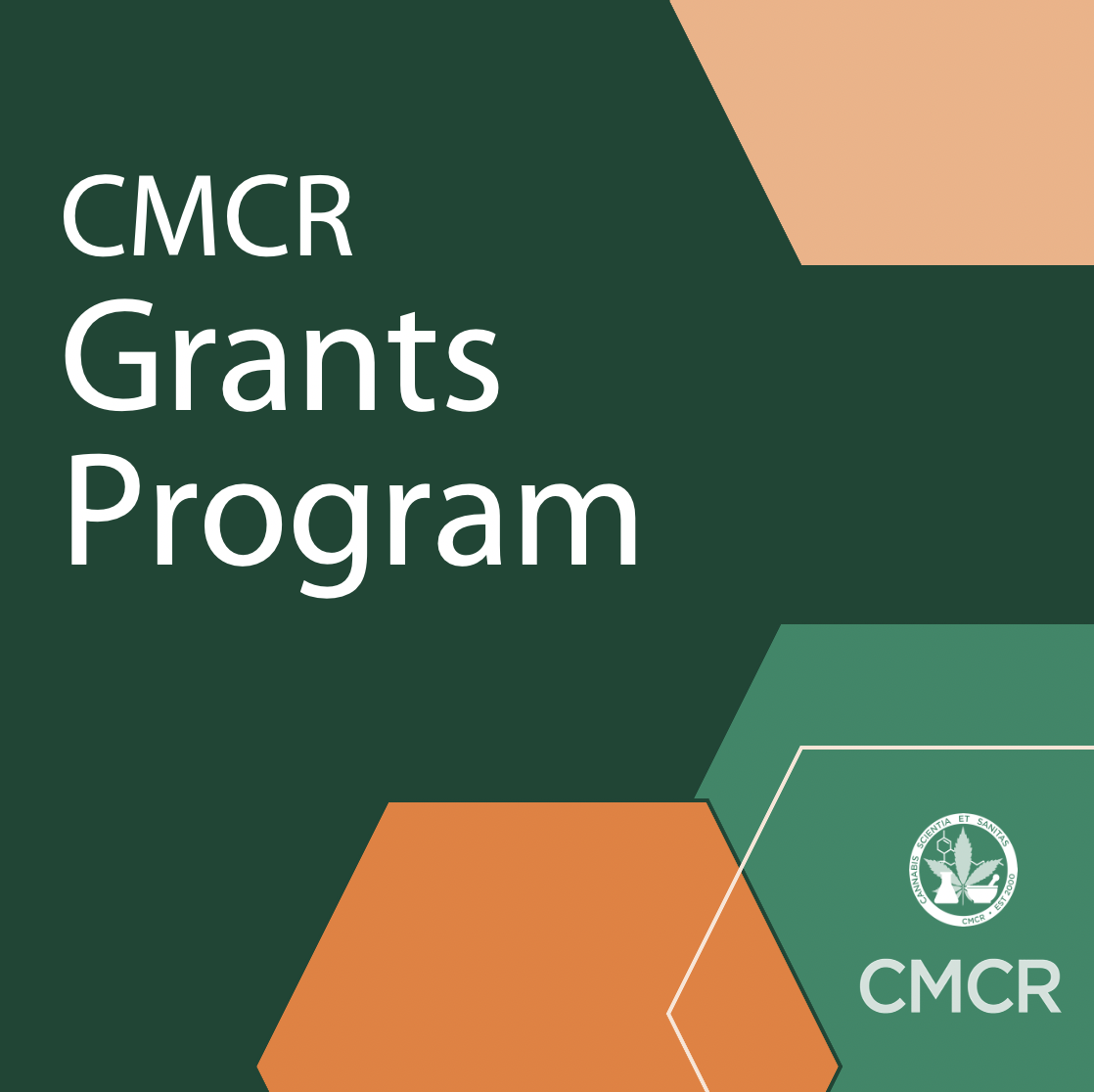
Studies Funded to Date
CMCR Grants Program - 2025 - Request for Applications
The Center for Medicinal Cannabis Research (CMCR) is seeking to fund cannabis-related studies that further enhance the understanding of the efficacy and adverse effects of cannabis and cannabinoids as pharmacological agents for the treatment of medical and psychiatric disorders, and their potential public health impacts. Two award types are available. Primary project awards will be up to $275,000 in total costs (direct and indirect) per year for up to three years. Pilot project awards will be up to $150,000 in total costs (direct and indirect) per year for up to two years.
Key Dates
| Letter of Intent Due |
March 3, 2025 at 5:00PM Pacific CLOSED |
| Application Due |
April 28, 2025 at 5:00PM Pacific
|
| Review |
May - June 2025
|
| Earliest Start Date |
October 1, 2025 |
Funding Priorities
Funding priorities include studies that 1) provide proof-of-principle findings that inform future, more comprehensive studies, 2) address scientific gaps identified by authoritative reviews (e.g., ‘The Health Effects of Cannabis and Cannabinoids’, National Academy of Sciences, Engineering, and Medicine; 2017), or 3) represent promising new directions for research.
With regard to cannabis therapeutics there is no pre-determined list or priority ranking of disorders eligible for funding. Instead, applicants are encouraged to consider the findings of ‘The Health Effects of Cannabis and Cannabinoids’, National Academy of Sciences, Engineering, and Medicine; 2017, or other authoritative reviews, as well as the most current research, as a starting point for areas of study.
Although the CMCR focus is on the potential of cannabis for therapeutics of medical and psychiatric disorders, applications may address adverse effects of cannabis (e.g., effects on cognition; mental health; driving and public safety; drug-drug interactions), and effects on certain populations (eg, elderly, women’s health). Applications addressing the role of cannabinoids in COVID will also be considered.
Applicants are encouraged to review CMCR’s portfolio of recently-funded grants. While the fact that certain areas are already being supported does not constitute an exclusion, CMCR is looking to studies that open new directions, and to California-based public or private higher education institutions, or nonprofit research institutions, that have not yet been represented in our portfolio. Additionally, since many Californians use plant-derived cannabis products or flower for medical reasons, applications that evaluate the therapeutic potential of plant-derived products or flower are encouraged.
The CMCR will also consider basic science and animal studies with clear translational implications for human health and disease. Studies of assays/methods for detection of cannabinoids, endocannabinoids, related substances are likewise eligible. Nevertheless, CMCR is not in a position to support new drug development or manufacture of cannabinoids.
Proof of principle clinical studies are encouraged, as are proposals that leverage other funding (e.g., from other grant sources, foundations, in-kind contributions of equipment or services, etc.). Applicants are encouraged to consider trials of psychoactive cannabinoids (e.g., delta-9-tetrahydrocannabinol [THC] and delta-8 THC). Under-researched or “minor” cannabinoids, and related compounds (e.g. terpenoids, flavonoids), along with drugs directly affecting function and pathways of the endocannabinoid system, also should be viewed as potential test agents.
Instructions for submitting Letters of Intent
Letters of Intent and subsequent applications will be submitted via proposalCENTRAL (https://proposalcentral.com/). Search “CMCR Grants Program” to locate the application. Please review the attached Request For Applications for instructions. Instructions and document templates can also be found on proposalCENTRAL.
See the PDF of 2025 Request For Applications for more details.
If you have questions or need assistance with your proposal, please contact This email address is being protected from spambots. You need JavaScript enabled to view it..






